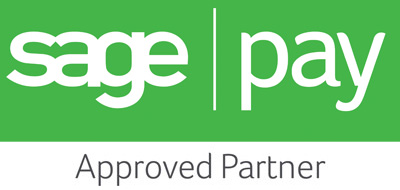Are You Turning Customers Away?
New research from the Business Disability Forum casts a shadow over the online shopping and information seeking experiences of disabled people, with 90% affected at some stage in the research and purchase journey by limitations in design and presentation of information. A staggering 43% abandoned a purchase due to accessibility problems of various types.
While many business are aware of the requirement for accessibility, the law only requires public services and local authorities to ensure their information is presented (or is otherwise available) in accessible formats. Private companies, while not legally obligated to adhere to accessibility guidelines, should be influenced by the above statistics when looking at their website through a disability lens. There are still websites and apps which aren't accessible to all, and when nearly half of disabled people are not purchasing because of these issues, you could be turning away a significant number of customers without even realising.
A common misconception about online accessibility is that making a site or app compatible with a screen reader is half the job done – because people incorrectly believe that the major obstacle is sight impairments. Neurodevelopmental conditions affecting the way information is processed, such as ADHD, dyslexia and autism are much more prevalent but not often catered for.
Things which make a website more accessible for a significant proportion of disabled people (including neurodivergent people and those living with sight impairments) are:
- An uncluttered look with sufficient white space
- Easily identifiable links and buttons
- Avoiding too much information on one page – provide links or tags for more information
- Reduced need for scrolling
- Consistency in layout and navigation across the site
- Use of clear language and short sentences
- Good contrast between text colour and background colour
- A clean, easily readable typeface in a decent size
- Alt text on images, or image descriptions
- Subtitles and captions on images and video
- Keyboard navigation enabled (alongside mouse navigation)
All too often, eye-catching design trumps accessibility, with brightly coloured buttons and different colours of text being more appealing than the ease of use of the website. It's not just people with disabilities that rely on these features, however, as the natural ageing process affects our eyesight, and many people prefer watching videos with the sound off and subtitles on so they don't disturb people nearby with the noise. People whose first language isn't English may also want subtitles for the additional input when watching video content in English.
To check if your website could be turning customers away, try to use it wearing sunglasses, or in low light, or with the screen contrast turned down to mimic some sight impairments. The best thing you can do to check your website is accessible to a range of disabled people is to get a focus group together and conduct some market research. By listening to these customers you'll learn a lot about their experience, and about what really helps which is invaluable when it comes to improving accessibility.
So, are you turning customers away because of easily fixed accessibility issues? Now you know that it might be happening, you can take the steps to fix it so everyone is welcomed.
